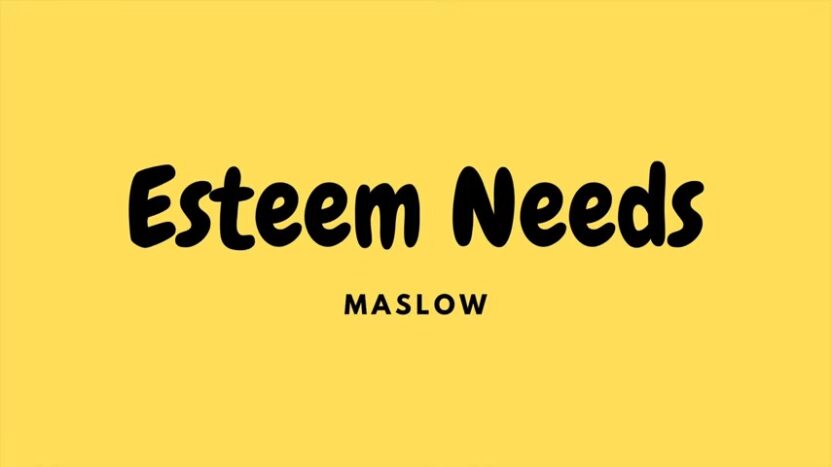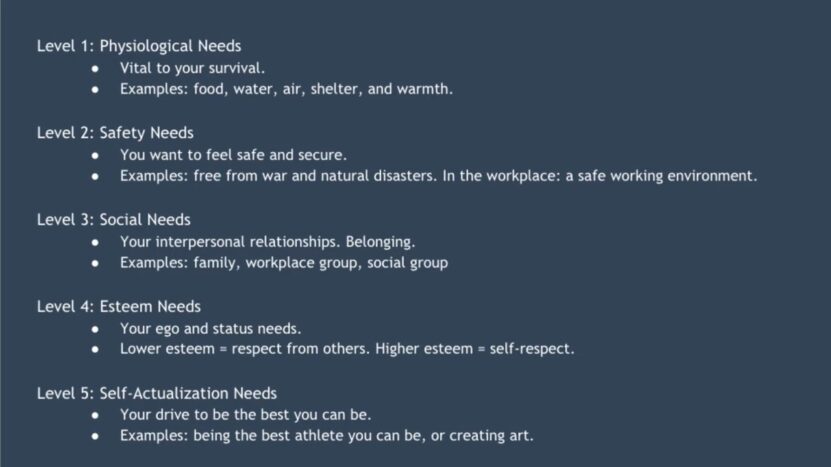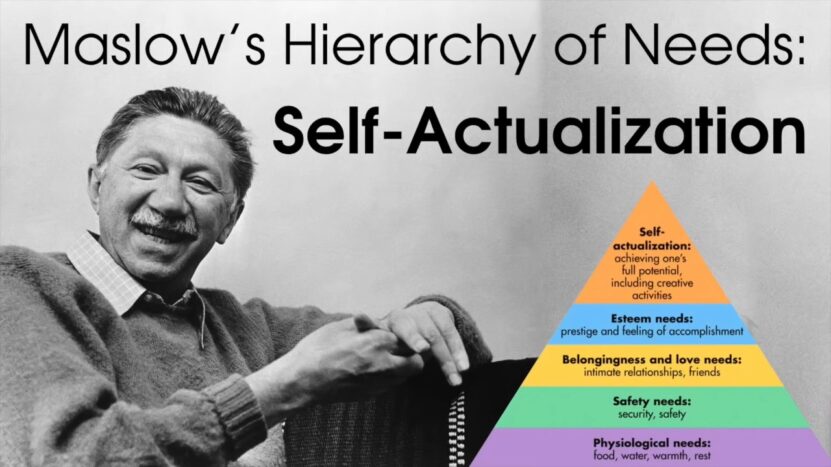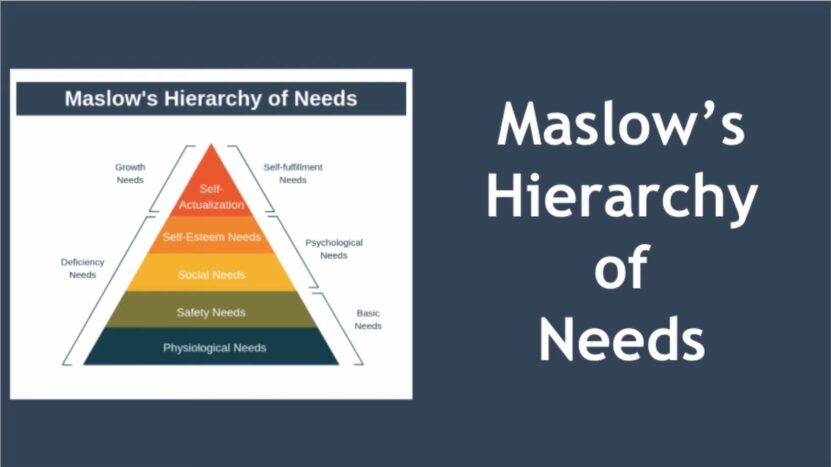Throughout the history of human evolution, the progress of our species aligns almost perfectly with Maslow’s Hierarchy of Needs. The same can be said for what is considered valuable in the business marketplace. Let us take a quick journey through the last three major economies and see how they line up.
Level 1: Physiological Needs and the Agrarian Economy

Homo sapiens began as hunters and gatherers surviving on the lowest level of Maslow’s Hierarchy of Needs: physiological needs. Each day’s purpose was to obtain enough calories to sustain life for another day. Mental and physical energy were devoted to maintaining consistent physiological operation. Our species evolved, learning to systematize the cultivation of food through innovative farming practices. This drove the agrarian economy, which empowered us to trade and maintain for thousands of years.
Level 2: Safety Needs and the Industrial Economy
As the creation and consumption of food became systematized, we moved up to the next level of the hierarchy: safety needs. The new focus of our ancestors drew to systematizing safe shelter. They channeled their energy to create law, order, stability and protection from the elements. Enter governmental structures, religious communities and a focus on land ownership. This value exchange evolved into the creation of metro areas and cities. The trading of land, building resources and human labor became the most valuable currencies, which all drove the Industrial Economy.
Level 3: Love and Belonging Needs
As our physiological and safety needs were met, we sought the next level on the hierarchy of needs: love and belonging. The systemization of these physiological and safety needs allowed people to begin seeking deep connection with others through friendship, intimacy, family, community and love. This led to the development of the nuclear family and the widespread embrace of values-based communities.
Level 4: Esteem Needs

The solidification of community and belonging became the foundation for people to focus on the next level on the hierarchy: self-esteem. Since we felt physiologically stable, safe and loved, we now sought mastery, independence, achievement and status. Within the confines of current societal structures and cultural norms now established, people achieved self-growth and developed self-esteem.
The First Four Levels of Needs and The Information Economy

Now able to sustain life, live safely, connect deeply with each other and build self-esteem, the question arose once more: What’s next? The answer became scalability. Enter the Information Economy, driven by the increasing efficiency of scaling the systems created to satisfy the first four levels of the hierarchy. This age has given us a hyper-connected society, democratized the cost of everything except space travel and created an environment where people can do just about anything they want. The question remains: Is this the final economy or is there something more?
Compete Here: Self-Actualization and The Purpose Economy

The scalable innovations created in the Information Economy serve people with access to everything they need to survive, connect with each other and feel confident. This network of instant and abundant information exchange laid the foundation for the rise to the highest level of the hierarchy of needs: self-actualization. Here, people seek to fulfill their highest potential and create a positive impact on the world.
With food production, housing creation, communities and self-esteem all systematized, it has become more difficult for companies to compete only on product functionality, cost or convenience. Because of the technological progress made in the Information Economy, anyone can create a product that is better, cheaper or easier to access.
Now, the only place left to compete is at the level of self-actualization. This means, to win, you must compete on purpose. The existence of this untapped value is evidence of the new and emerging Purpose Economy, where the desire for self-growth and a yearning for creating impact in the world are consumer priorities. Those are the value propositions customers of today are waiting for you to give them.
Consumers in the Purpose Economy have too many options in every marketplace and want you to give them a reason to buy your product. Simply, they want you to help them find meaning in their lives. We are entering a world where meaning is the most valuable currency. What a time to be alive.

